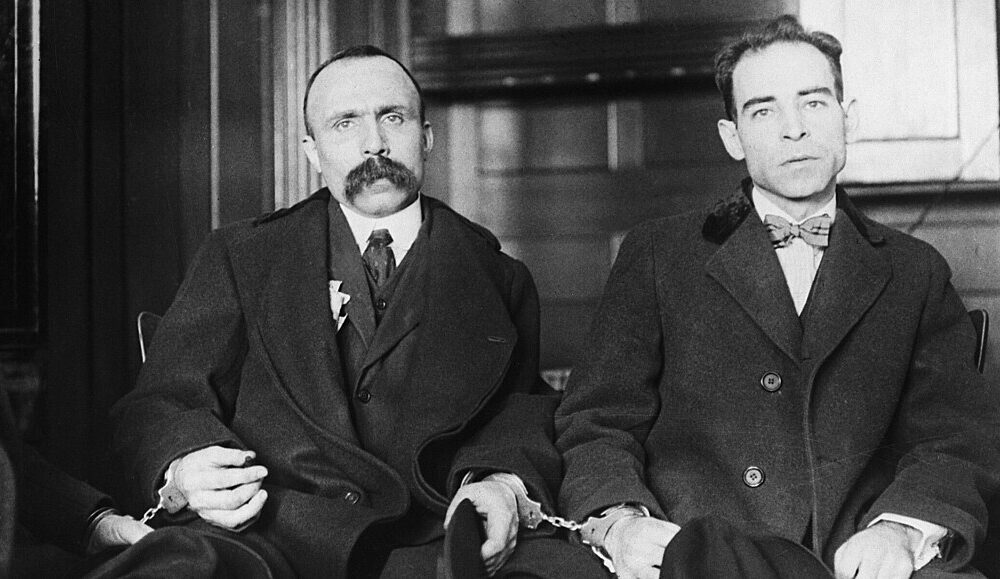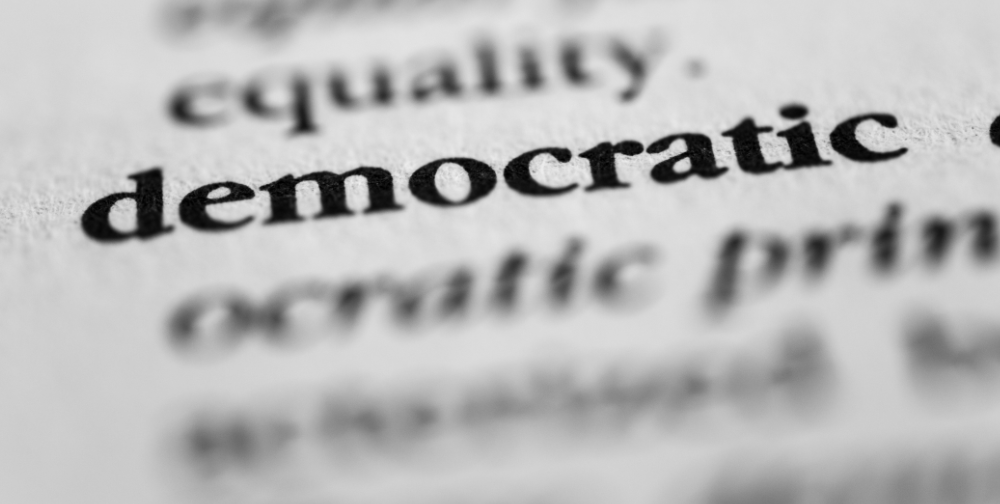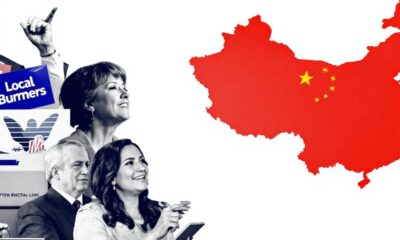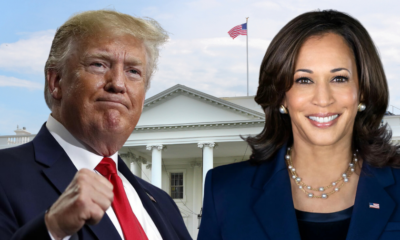The Legacy of Internal Divisions
The Democratic Party, like any major political organization, has a history of internal divisions that have at times threatened its cohesion and electoral success. These divisions often arise from the party’s diverse coalition, which includes a wide range of constituencies with differing priorities and perspectives. From progressives advocating for sweeping reforms to moderates emphasizing pragmatic approaches, the party’s internal dynamics are complex and multifaceted.
1. The 2016 Election and Its Aftermath:
One of the most significant recent examples of internal division within the Democratic Party occurred during the 2016 presidential election. The primary contest between Hillary Clinton and Bernie Sanders highlighted deep ideological differences within the party. Clinton, representing the establishment wing, faced off against Sanders, who galvanized the progressive base with his calls for economic and social justice.
The aftermath of the 2016 election, in which Donald Trump won the presidency, left the Democratic Party grappling with questions about its identity and future direction. The lingering tensions between the establishment and progressive wings of the party persisted, even as Democrats sought to regroup and mount a unified opposition to the Trump administration.
2. The 2020 Election and the Role of Unity:
By the time the 2020 election approached, the Democratic Party had recognized the need to present a more unified front. The primary race saw a crowded field of candidates, reflecting the diversity of thought within the party. However, as it became clear that defeating Trump was the paramount objective, the party coalesced around Joe Biden, who was seen as a unifying figure capable of appealing to both moderates and progressives.
Biden’s eventual victory in the general election was a testament to the power of unity within the Democratic Party. However, the election also revealed the ongoing challenges the party faces in balancing the demands of its various constituencies. As Biden took office, the party’s leadership understood that maintaining this unity would be crucial for governing effectively and for future electoral success.
The Importance of Unity in the 2024 Elections
As the 2024 elections approach, the Democratic Party is once again faced with the challenge of maintaining unity. The stakes are high, with control of the White House, Congress, and numerous state-level offices up for grabs. In this context, party strategists are keenly aware that internal divisions could undermine their chances of success.
1. The Role of the Chicago Convention:
The upcoming Democratic National Convention in Chicago is seen as a critical moment for the party to demonstrate its unity and resolve. Conventions have historically served as a platform for parties to showcase their candidates, solidify their platforms, and energize their base. For Democrats, the 2024 convention will be particularly significant as it offers an opportunity to heal any lingering divisions, articulate a clear vision for the future, and mobilize voters ahead of the general election.
Chicago holds symbolic importance for the Democratic Party. It was the site of the tumultuous 1968 convention, where deep divisions over the Vietnam War led to widespread protests and clashes both inside and outside the convention hall. Today, the party is determined to avoid a repeat of such turmoil and instead use the convention as a springboard for a successful campaign.
2. Balancing the Progressive and Moderate Wings:
One of the central challenges facing the Democratic Party is balancing the demands of its progressive and moderate wings. Progressives, who have gained significant influence in recent years, are pushing for bold reforms on issues such as healthcare, climate change, and economic inequality. They argue that the party must embrace a more ambitious agenda to address the urgent needs of the American people and to counter the growing influence of the far-right.
Moderates, on the other hand, caution against moving too far to the left, arguing that the party must appeal to a broad spectrum of voters, including independents and disaffected Republicans, to win in key battleground states. They emphasize the importance of pragmatic solutions that can garner bipartisan support and withstand the scrutiny of general election voters.
The Chicago convention will be a critical test of the party’s ability to bridge these differences and present a cohesive platform that resonates with the electorate. Party leaders are expected to emphasize themes of unity, inclusion, and progress, while also ensuring that the platform reflects the diverse views within the party.
Key Strategic Moves by the Democratic Party
As the Democratic Party positions itself for the upcoming elections, it is employing a range of strategic moves aimed at maintaining unity, energizing its base, and appealing to a broad swath of voters. These strategies include messaging, coalition-building, and outreach efforts designed to address both internal and external challenges.
1. Crafting a Unifying Message:
A key component of the Democratic Party’s strategy is the development of a unifying message that can resonate across the party’s diverse coalition. This message is expected to emphasize the party’s commitment to defending democracy, protecting civil rights, and advancing economic justice. It will likely highlight the Biden administration’s achievements, such as the passage of the Infrastructure Investment and Jobs Act and the American Rescue Plan, while also outlining the party’s vision for the future.
To appeal to both progressives and moderates, the message will need to strike a careful balance between boldness and pragmatism. For example, on healthcare, the party may advocate for expanding access to affordable care while stopping short of endorsing a full-scale Medicare for All proposal. On climate change, the party may emphasize the need for urgent action while also promoting job creation and economic growth through green energy initiatives.
2. Strengthening Coalitions:
The Democratic Party’s success in recent elections has been due in large part to its ability to build and maintain broad coalitions of voters. These coalitions include a diverse array of demographic groups, such as African Americans, Latinos, Asian Americans, women, young people, and LGBTQ+ individuals, as well as labor unions, environmentalists, and civil rights organizations.
In the lead-up to the 2024 elections, the party is focused on strengthening these coalitions by addressing the specific concerns of each group and ensuring that they feel represented in the party’s platform. This includes engaging with grassroots organizations, holding listening sessions with community leaders, and prioritizing issues such as voting rights, criminal justice reform, and economic opportunity.
The Chicago convention will provide an opportunity for the party to showcase its commitment to inclusivity and diversity by featuring speakers and programming that reflect the breadth of its coalition. Party leaders are also likely to emphasize the importance of voter turnout, particularly among young people and communities of color, as a key factor in winning the election.
3. Voter Outreach and Mobilization:
Voter outreach and mobilization are critical components of the Democratic Party’s electoral strategy. Recognizing that high voter turnout is essential for victory, the party is investing heavily in grassroots organizing, voter registration drives, and get-out-the-vote efforts.
The party is also leveraging data analytics and digital tools to identify and engage potential voters, particularly in key battleground states. This includes targeted advertising, social media campaigns, and the use of text messaging and phone banking to reach voters where they are.
In addition to traditional voter outreach methods, the party is exploring new ways to engage with voters in the digital age. This includes partnerships with tech companies to combat misinformation and disinformation, as well as efforts to make voting more accessible through mail-in ballots and early voting options.
4. Addressing the Threat of Misinformation:
One of the major challenges facing the Democratic Party, and indeed all political parties, is the pervasive threat of misinformation and disinformation. The 2020 election highlighted the extent to which false information can spread online, undermining public trust in the electoral process and influencing voter behavior.
To counter this threat, the Democratic Party is working closely with tech companies, media organizations, and civil society groups to identify and combat misinformation. This includes fact-checking efforts, public awareness campaigns, and the development of tools to detect and remove false content from social media platforms.
The party is also emphasizing the importance of media literacy among voters, particularly young people, to help them critically evaluate the information they encounter online. By addressing the threat of misinformation, the party aims to protect the integrity of the election and ensure that voters have access to accurate information when making their decisions.
5. Fundraising and Resource Allocation:
Fundraising is another critical aspect of the Democratic Party’s strategy as it prepares for the upcoming elections. The party is focused on raising the funds necessary to support its candidates, run effective campaigns, and compete with the well-funded Republican opposition.
To this end, the party is employing a combination of traditional fundraising methods, such as high-dollar donor events, and grassroots fundraising efforts, including small-dollar donations from individual supporters. The party’s ability to tap into its broad base of supporters through online fundraising platforms has been a key factor in its success in recent elections.
In addition to raising funds, the party is carefully allocating its resources to where they are needed most. This includes investing in key battleground states, supporting down-ballot candidates, and funding voter protection efforts to ensure that every vote is counted.
6. Navigating the Primary Season:
The Democratic primary season, which will determine the party’s nominees for various offices, is a critical period for shaping the party’s platform and message. The primary season also presents a challenge in maintaining unity, as candidates often compete on differing policy proposals and visions for the future.
To minimize the risk of division, party leaders are encouraging candidates to focus on the issues that unite Democrats and to avoid personal attacks that could alienate voters or damage the party’s brand. The party is also working to ensure a fair and transparent primary process, with clear rules and guidelines to avoid the controversies that have plagued past primaries.
The Chicago convention will serve as the culmination of the primary season, where the party will formally nominate its candidates and adopt its platform. The convention will also be an opportunity for the party to rally around its nominees and begin the process of uniting the base for the general election.
Challenges and Risks
While the Democratic Party is making strategic moves to position itself for success in the upcoming elections, it also faces several challenges and risks that could impact its prospects.
1. Managing Internal Disagreements:
One of the primary risks is the potential for internal disagreements to flare up during the primary season and the convention. While the party has made progress in addressing the divisions between progressives and moderates, these tensions have not disappeared entirely. If not managed carefully, they could lead to public disputes that weaken the party’s unity and damage its image.
2. Responding to Republican Attacks:
The Democratic Party can also expect to face aggressive attacks from the Republican opposition, which will likely focus on issues such as crime, inflation, and immigration. The party’s ability to respond effectively to these attacks and to control the narrative will be critical in determining its success.
3. Ensuring Voter Turnout:
Voter turnout is another key factor that could influence the outcome of the election. While the Democratic Party has made significant investments in voter outreach and mobilization, it will need to maintain a high level of engagement and enthusiasm among its base to ensure strong turnout on Election Day.
4. Addressing the Impact of External Events:
External events, such as economic downturns, natural disasters, or international crises, could also impact the election. The Democratic Party will need to be prepared to respond to these events and to demonstrate its leadership and competence in times of crisis.
Conclusion
As the Democratic Party prepares for the upcoming elections, it is employing a range of strategic moves designed to maintain unity, energize its base, and appeal to a broad spectrum of voters. The Chicago convention will be a critical moment for the party to demonstrate its resolve and to present a clear and compelling vision for the future.
While the party faces significant challenges, including managing internal disagreements, responding to Republican attacks, and ensuring voter turnout, it is well-positioned to compete in the upcoming elections. By focusing on unity, inclusivity, and effective messaging, the Democratic Party aims to build on its recent successes and to secure victory in 2024.
References:
- The New York Times – Analysis of the Democratic Party’s strategic moves in the lead-up to the 2024 elections.
- The Guardian – Coverage of the significance of the Chicago convention and the party’s efforts to maintain unity.
- CNN – Reporting on the Democratic Party’s coalition-building and voter outreach efforts.
- Reuters – Examination of the challenges and risks facing the Democratic Party as it prepares for the 2024 elections.
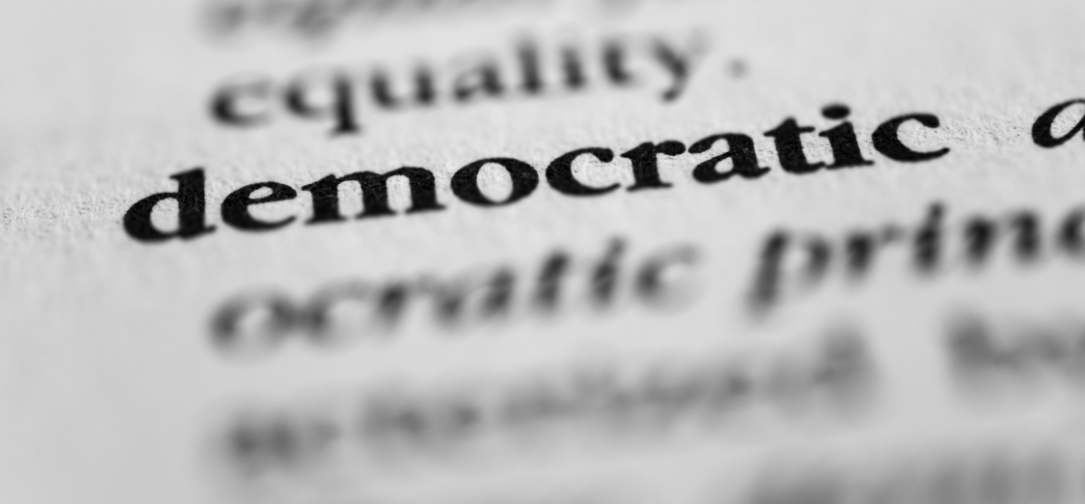

 Press Release6 days ago
Press Release6 days ago
 Press Release7 days ago
Press Release7 days ago
 Press Release7 days ago
Press Release7 days ago
 Press Release7 days ago
Press Release7 days ago
 Press Release7 days ago
Press Release7 days ago
 Press Release7 days ago
Press Release7 days ago
 Press Release6 days ago
Press Release6 days ago
 Press Release7 days ago
Press Release7 days ago
